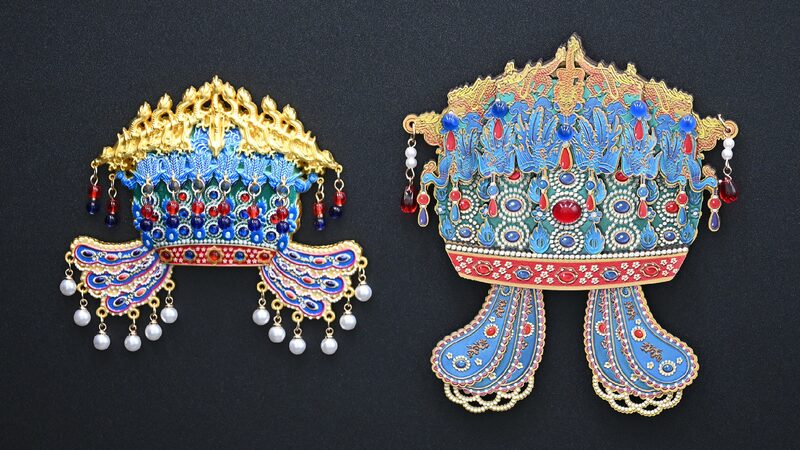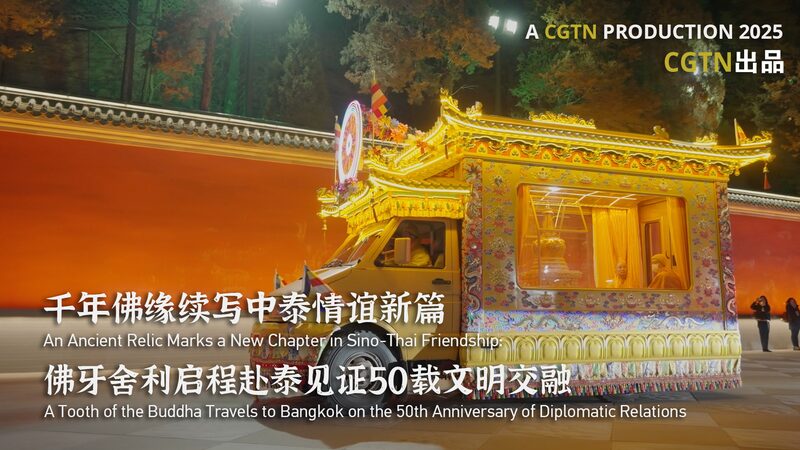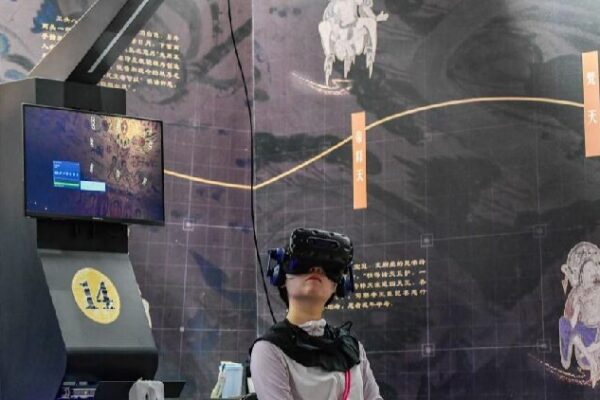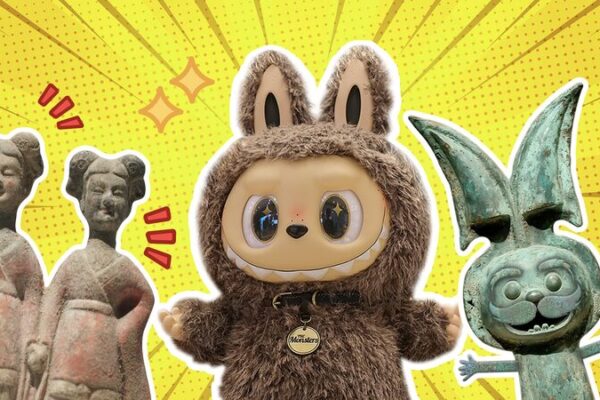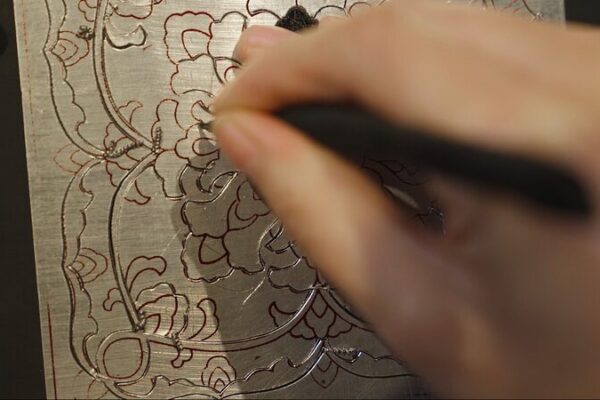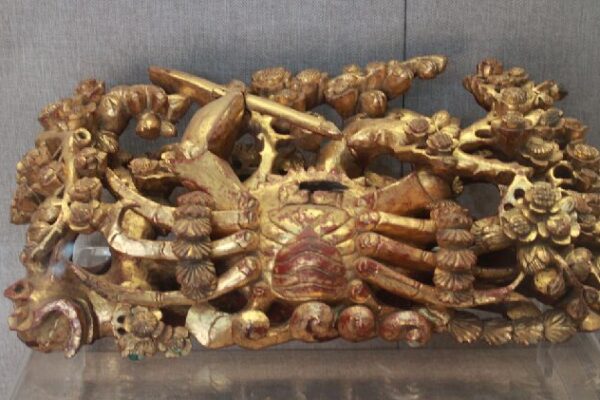Fridge magnets inspired by ancient Chinese artifacts are capturing the hearts of young people across China, sparking a surge in cultural pride and interest in traditional heritage.
The National Museum of China’s latest collection of fridge magnets, modeled after the phoenix coronet of Empress Xiaoduan from the Ming Dynasty (1368-1644), has gone viral on Chinese social media. These delicately crafted magnets, available in both wood and metal, faithfully reflect the intricate design of the original coronet, a cultural relic that is so precious it is forbidden to be exhibited abroad.
The magnets’ popularity is evident in the numbers. Liao Fei, deputy head of the museum’s operation and development department, reported that around 80,000 magnets have been sold in just three months, with sales exceeding 10 million yuan (about $1.4 million).
The frenzy over these magnets highlights a growing trend among Chinese consumers, especially the youth, who are increasingly drawn to cultural and creative products. According to the 2024 Cultural and Creative Industry Report released by the Shanghai-based Mob Research Institute, over 95% of respondents are willing to purchase such products, with 74.1% buying them for collection purposes. The report emphasizes the emotional and cultural value that these items hold for consumers.
Far from being a mere novelty, these magnets serve as a bridge between ancient traditions and modern life. Liao Fei noted that the idea for the magnets came after observing many visitors photographing the phoenix coronet at the museum. They even introduced metal magnets with augmented reality (AR) features, allowing users to virtually try on the coronet by scanning a QR code.
The success of the fridge magnets is part of a broader movement to promote Chinese culture through creative merchandise. In 2021, authorities encouraged the development of products inspired by museums, libraries, and cultural sites to help people better understand and appreciate Chinese culture. Museums across the country have since released unique items linked to their most treasured artifacts.
At the Hangzhou Museum in Zhejiang Province, for example, a fridge magnet shaped like a “little pink cup” has become highly sought after, with over 40,000 sold since late July. Inspired by a Yuan Dynasty (1271-1368) porcelain cup, the magnet showcases superior ancient craftsmanship.
Experts believe that these creative cultural products play a crucial role in making cultural heritage accessible and engaging, particularly for the younger generation. “They promote the integration of cultural heritage with modern life and enhance public interest in traditional culture,” said Bu Xiting, an associate researcher at the Communication University of China.
Song Yuhan, secretary-general of the Cultural Heritage Communication Committee of the Chinese Society of Cultural Relics, added that such products “reduce the distance between ancient culture and modern life,” giving new vitality to traditional culture in the contemporary context.
As China aims to develop a strong culture nationwide by 2035, authorities are urging cultural organizations to enhance their ability to provide diverse and multifaceted cultural services and products.
For Liao Fei and his team at the National Museum of China, the overwhelming response to the fridge magnets is motivating them to explore more ways to engage the public. “We will continue to develop creative cultural products with new technologies,” Liao said, “allowing people to better understand the profound culture within the relics and interact with them immersively.”
Reference(s):
Museum-inspired fridge magnets boost confidence in Chinese culture
cgtn.com
